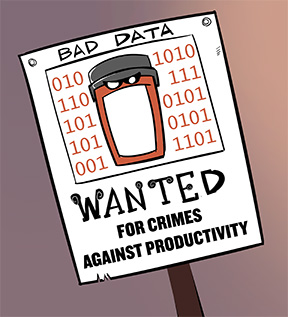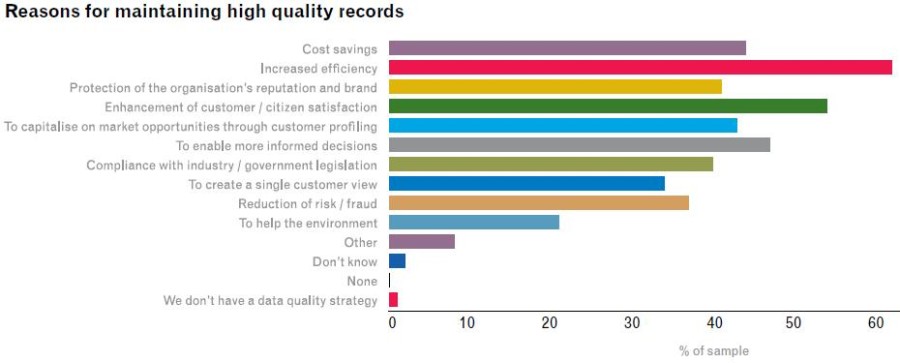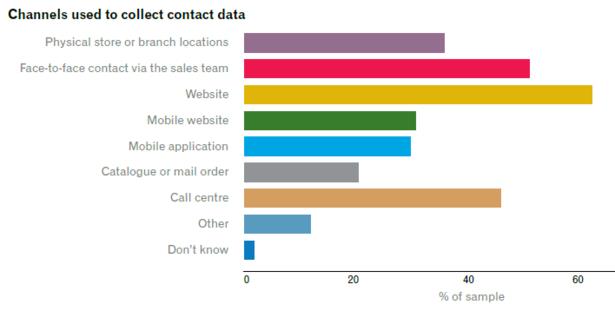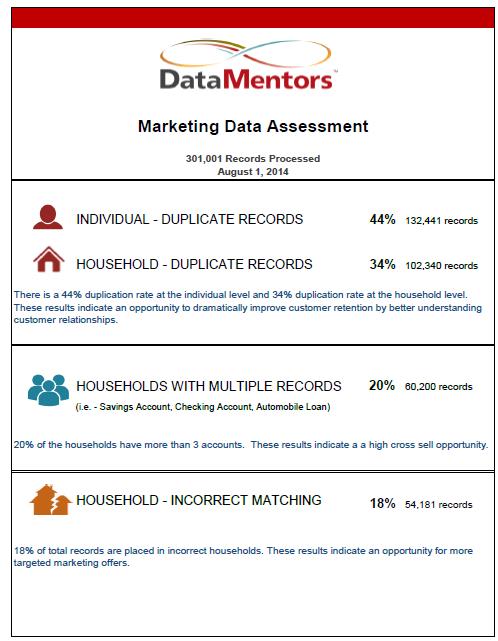
How Much is Dirty Data Costing You?
Did you know that the number one reason for CRM failure is bad data? On average, every 30 minutes 120 business addresses change, 75 phone numbers change, 20 CEOs leave their jobs, and 30 new businesses are formed. (Source: D&B The Sales and Marketing Institute)

The Cost of Dirty Data
Inaccurate data also has a direct impact on the bottom line of 88% of companies, with the average company losing 12% of its revenue.
According to Experian Research, the cost of bad data may be even greater than that 12% lost revenue. 28% of those who have had problems delivering email say that customer service has suffered as a result, while 21% experienced reputational damage.
86% of companies admitted that their data might be inaccurate in some way. 44% of businesses said that missing or incomplete data is the most common problem with outdated contact information (41%) being the second biggest problem.
What are the Benefits of High Quality Data?
Companies cited the following reasons for maintaining high quality data records:
- 62% increased efficiency
- 54% customer satisfaction
- 44% cost savings
- 43% customer profiling
Where do companies collect data?
On average, respondents use 3.4 sources to collect customer contact data.
- 73% of companies collect data from their website.
- 60% collect data from face-to-face sales teams.
- 54% collect data from call centers.
- 47% collect contact data via mobile websites or apps.
GB Group also recently put out a survey – an astounding 95% of consumers say they would stop spending money with a company who did not maintain their data properly.
Examples of Dirty Data
- Retail company found over 1m records contained home telephone number of “000000000” and addresses containing flight numbers
- Insurance company found customer records with 99/99/99 in creation date field of policy
- Car rental company discovered duplicate agreement numbers in their European data warehouse
- Healthcare company found 9 different values in gender field
- Food/Beverage retail chain found the same product was their No 1 and No 2 best sellers across their business
- An international bank could not meet its customer satisfaction goals because agents in its 23 contact centers all followed different operational processes, using up to 18 different apps — many of which contained duplicate data — to serve a single customer.
How Clean is Your Data?
Check out the quality of your data with DataMentors’ Free Marketing Data Assessment.


